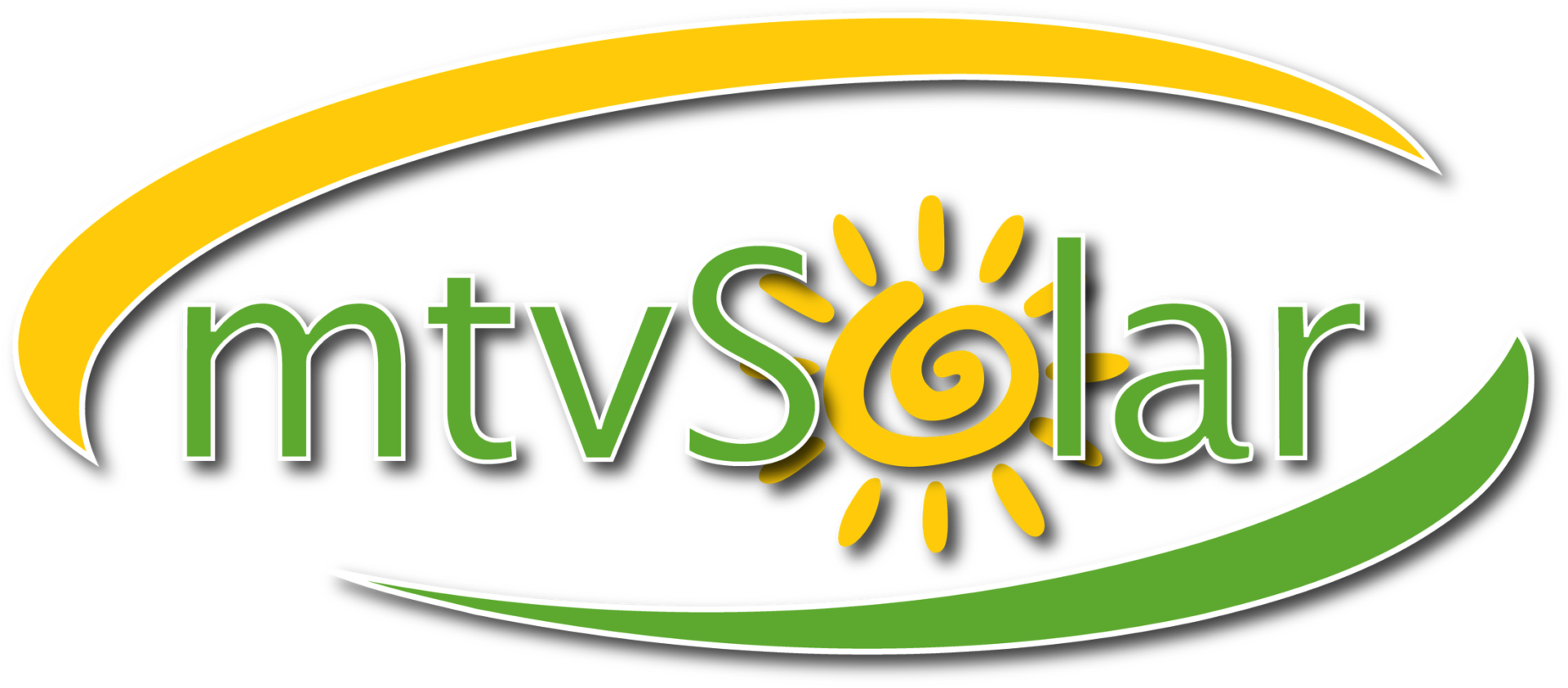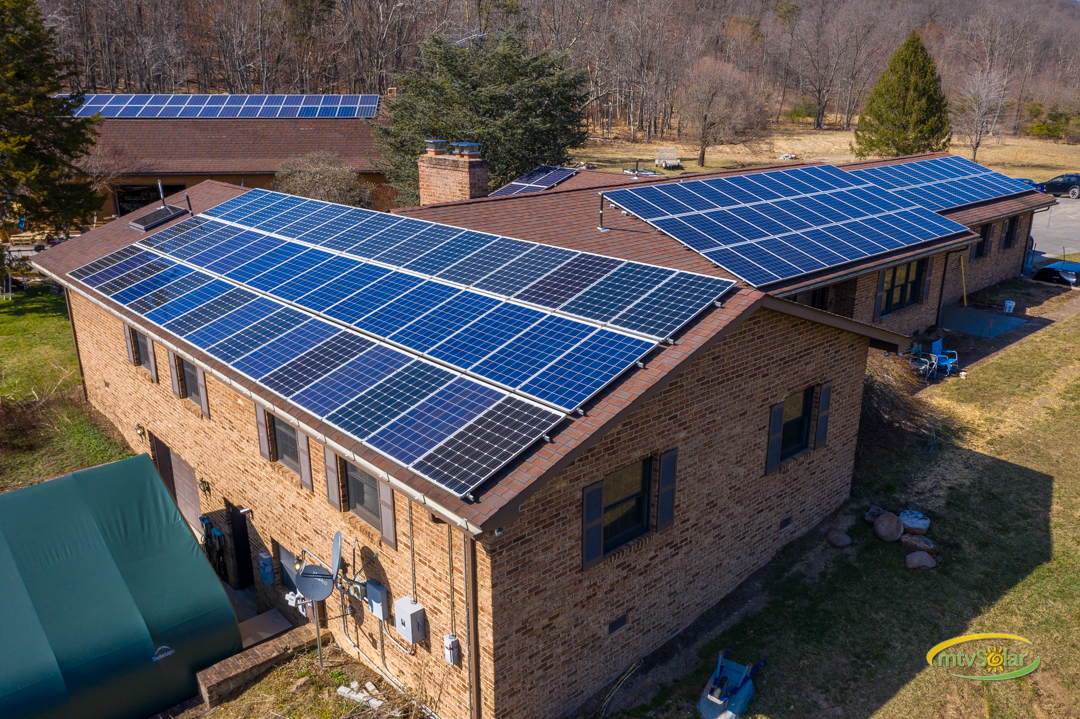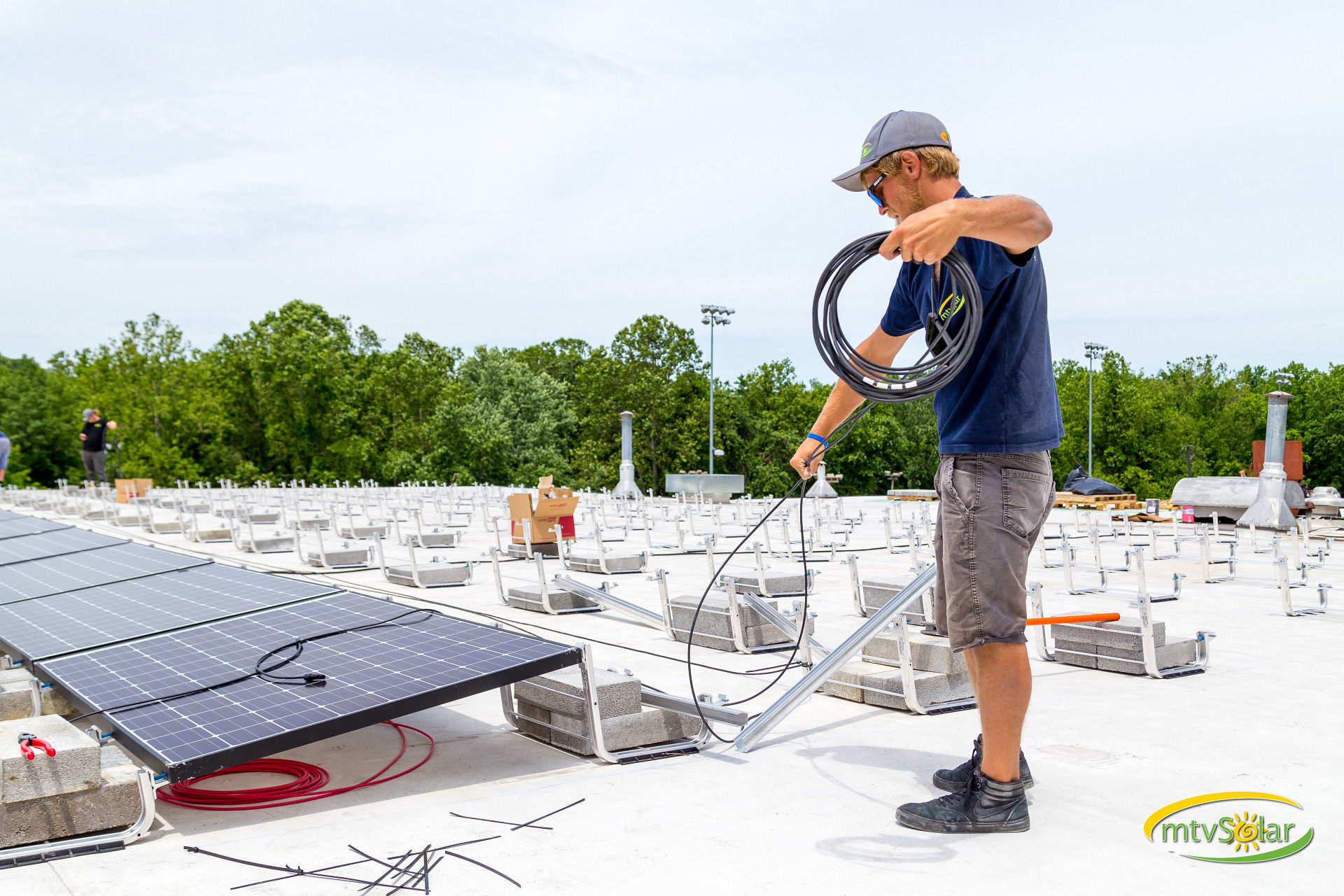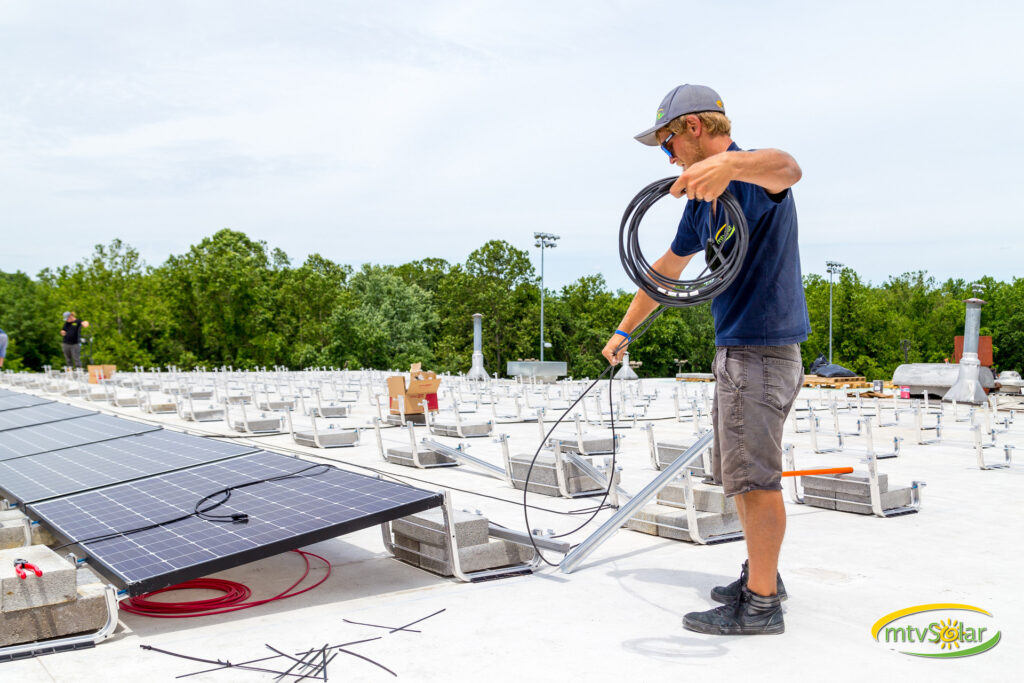Owners of solar photovoltaic systems not only receive the benefit of lower electric bills, but can also generate real income by selling Solar Renewable Energy Credits, or SRECs. This income can generate anything from “going out to dinner money” to “taking a vacation money”, depending on system size and location. Importantly, the value of these SRECs can increase or decrease based on market forces and change based on any renewable energy mandates passed at the state or federal level.
An SREC is the environmental attribute of solar generation. Basically, it is the claim to the environmental benefits of a solar array. A person or entity who owns the SREC owns the claim that the system is reducing pollution. The system owner still receives all of the physical electricity and all of the reductions to the electric bill, but the system owner can sell this environmental attribute to help electric utilities meet their renewable energy mandates.
Solar Renewable Energy Credits represent an additional and separate value, apart from savings on your electric bill. One SREC is generated from every 1,000 raw kilowatt-hours (kWh) generated by your solar system. Mountain View Solar ensures homeowners and business owners own the SRECs generated by their system so the system owner receives the greatest long-term benefit, and we never pre-purchase these SRECs. Our team believes in an ownership model where all aspects of the system, including the SRECs, are owned by the system owner.
We encourage you to explore a deeper understanding of SRECs so you have the best knowledge of this key element of your solar system and this income potential. We encourage you to explore SRECTrade’s explainer page and Energy Sage’s explainer page for additional information.
Our team offers system owners the option to register their systems with SRECTrade, which is simply a broker who aggregates and bundles SRECs for sale on state-level markets. Once sold, SRECTrade delivers the revenue (minus a modest commission for brokerage) from the sale of each SREC to the system owner so the owner receives regular monthly deposits (depending on how often 1,000 kWh blocks are generated) to their bank account. This registration is a simple process, which mtvSolar completes on behalf of our clients, that requires a system owner’s signature to register the system with SRECTrade. Once registered, the process is a straightforward “set it and forget it” model where the system owner simply receives regular deposits in their bank accounts.
For example, a typical 12-kilowatt solar array that is facing south can generate 15 SRECs per year. Recent SREC values in the states Mountain View Solar installs in can be found at the below links:
Maryland SRECTrade site with recent pricing (Maryland-generated SRECs sold into Maryland’s market to help meet the Maryland Renewable Portfolio Standard)
Pennsylvania SRECTrade site with recent pricing (Pennsylvania-generated SRECs sold into Pennsylvania’s market to help meet the Pennsylvania Alternative Energy Portfolio Standard)
Virginia SRECTrade site here (no pricing available due to the recent launch of the Virginia SREC market, Virginia-generated SRECs sold into Virginia’s market to help meet the requirements of the Virginia Clean Economy Act)
West Virginia-generated SRECs sold into Ohio’s market to help meet the Ohio Renewable Portfolio Standard (Ohio SRECTrade site here) or can be sold into Pennsylvania’s market for Renewable Energy Credits (Pennsylvania REC market background here)
As SREC value is highly dependent on market forces and renewable energy mandates, our team recommends system owners in all states own their SRECs. If a state or federal climate policy is enacted, it may contain a requirement for electric utilities to obtain an increasing percentage of electricity sales from renewable sources. While Maryland, Pennsylvania, and Virginia all have strong SREC markets currently, a federal climate policy may contain a renewable energy mandate nationally which could drive up the value of SRECs generated anywhere in the country.
Our team’s experts are here and ready to provide an honest and professional proposal for a solar system for your home or business including an analysis of your SREC value.




